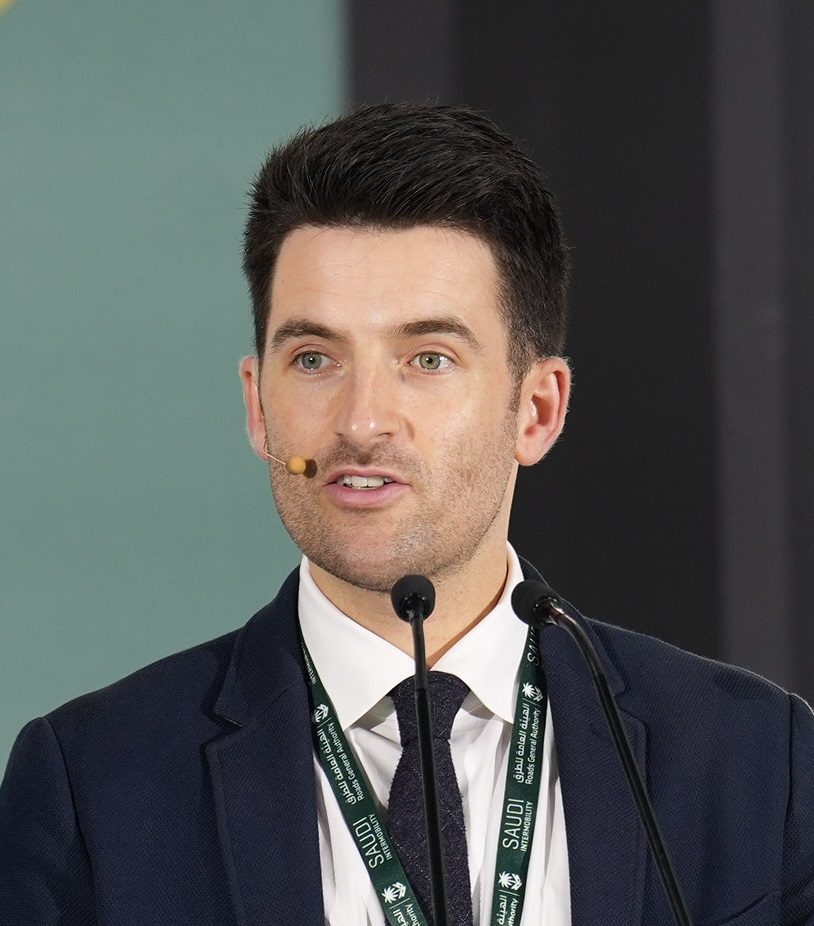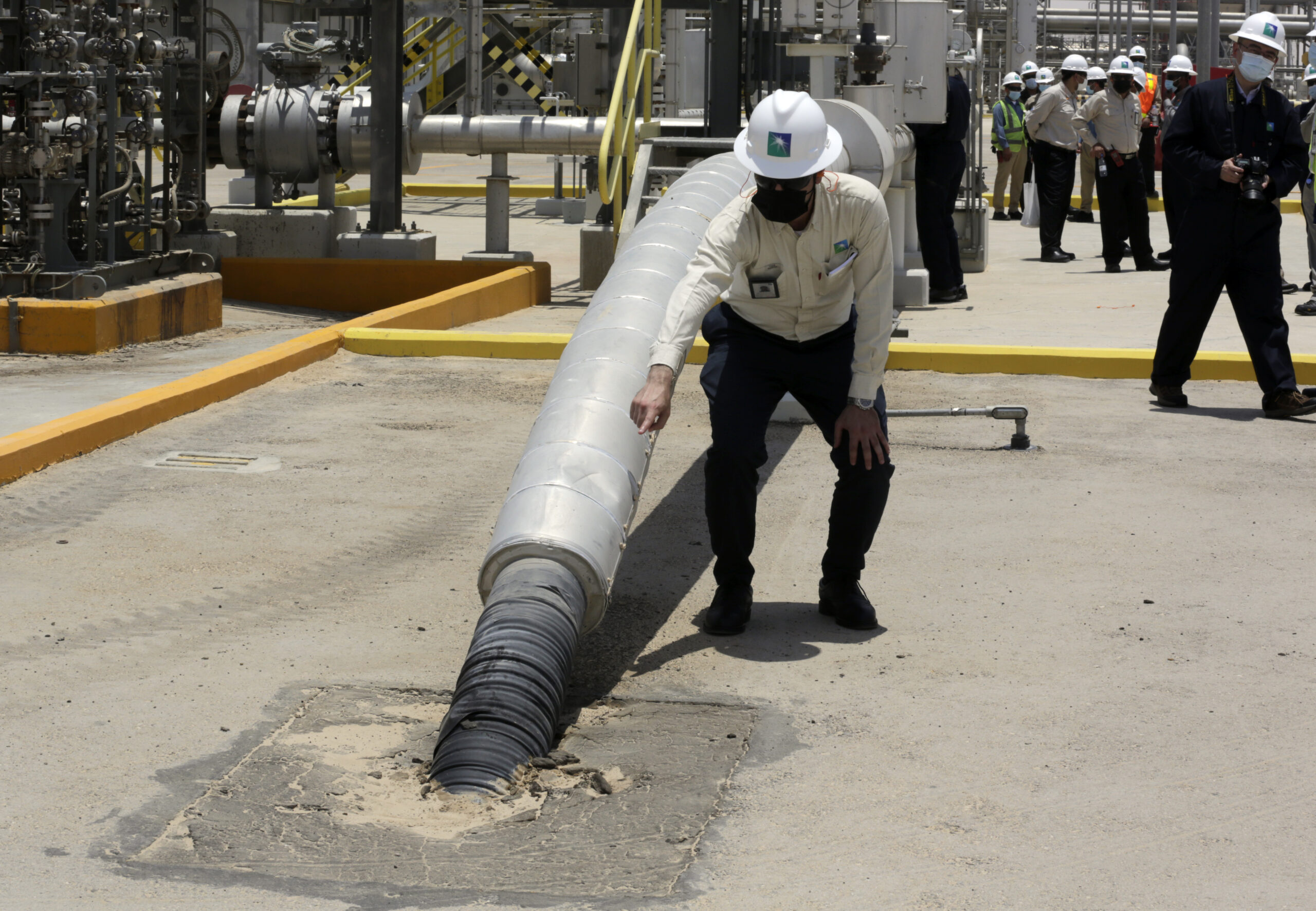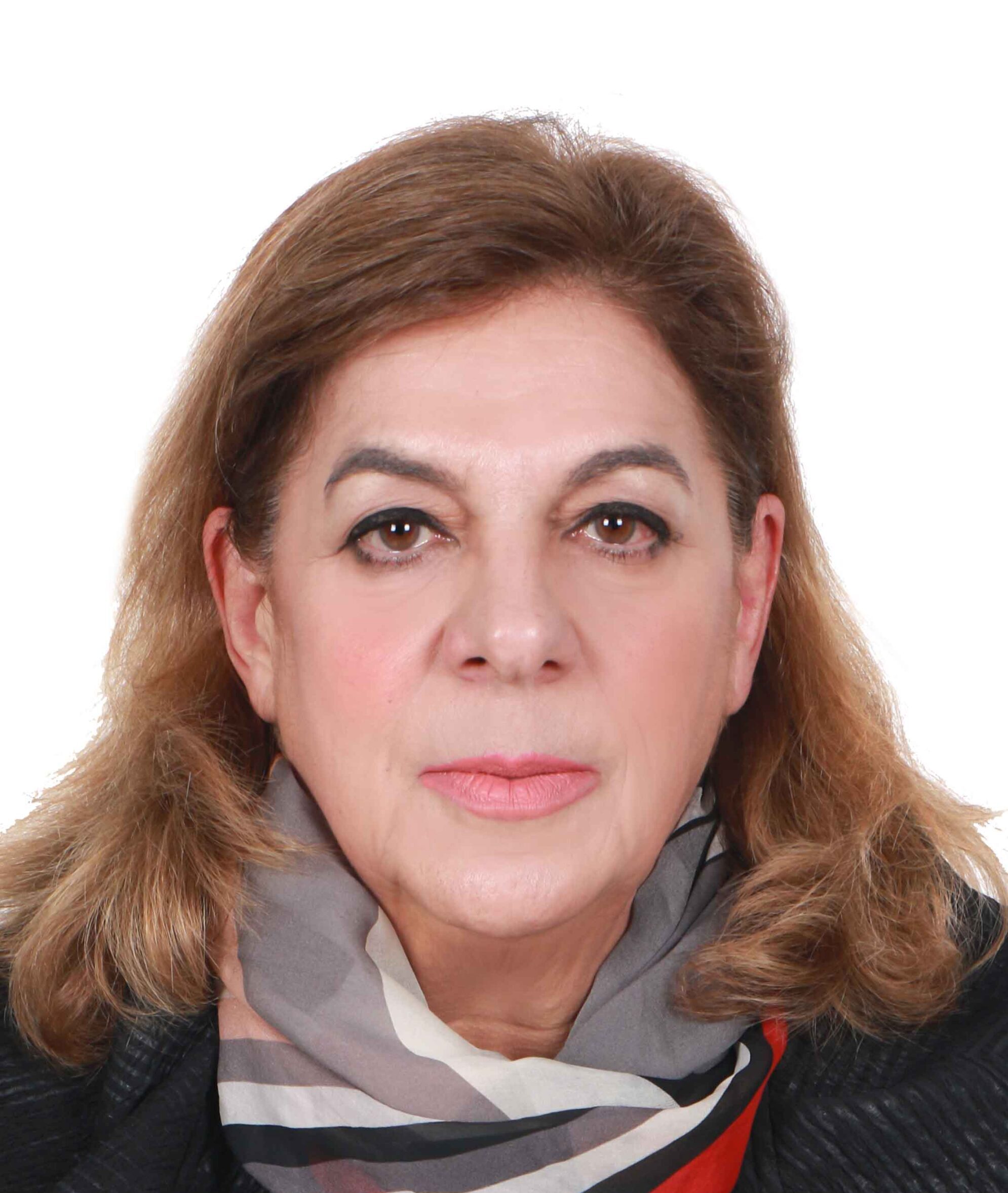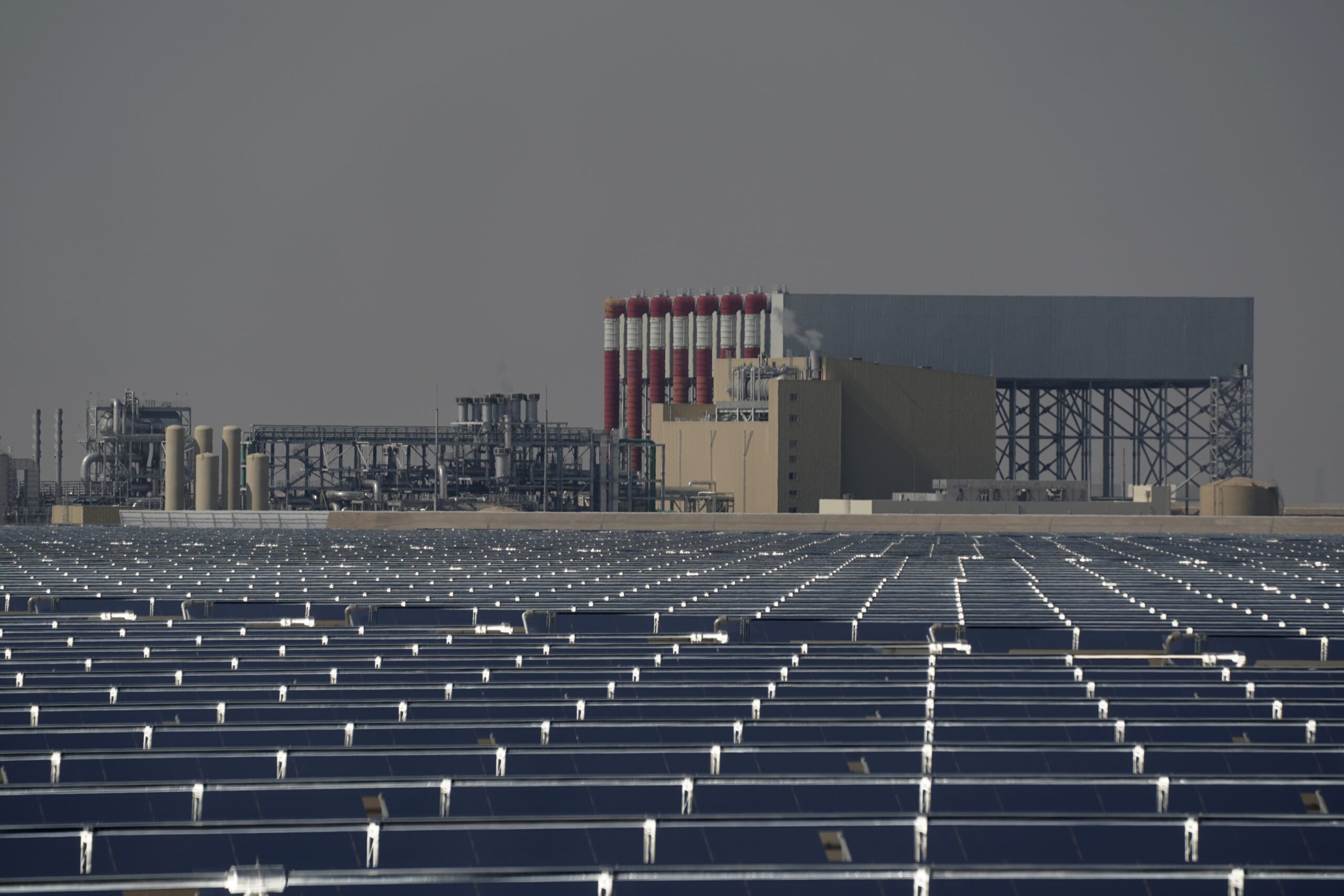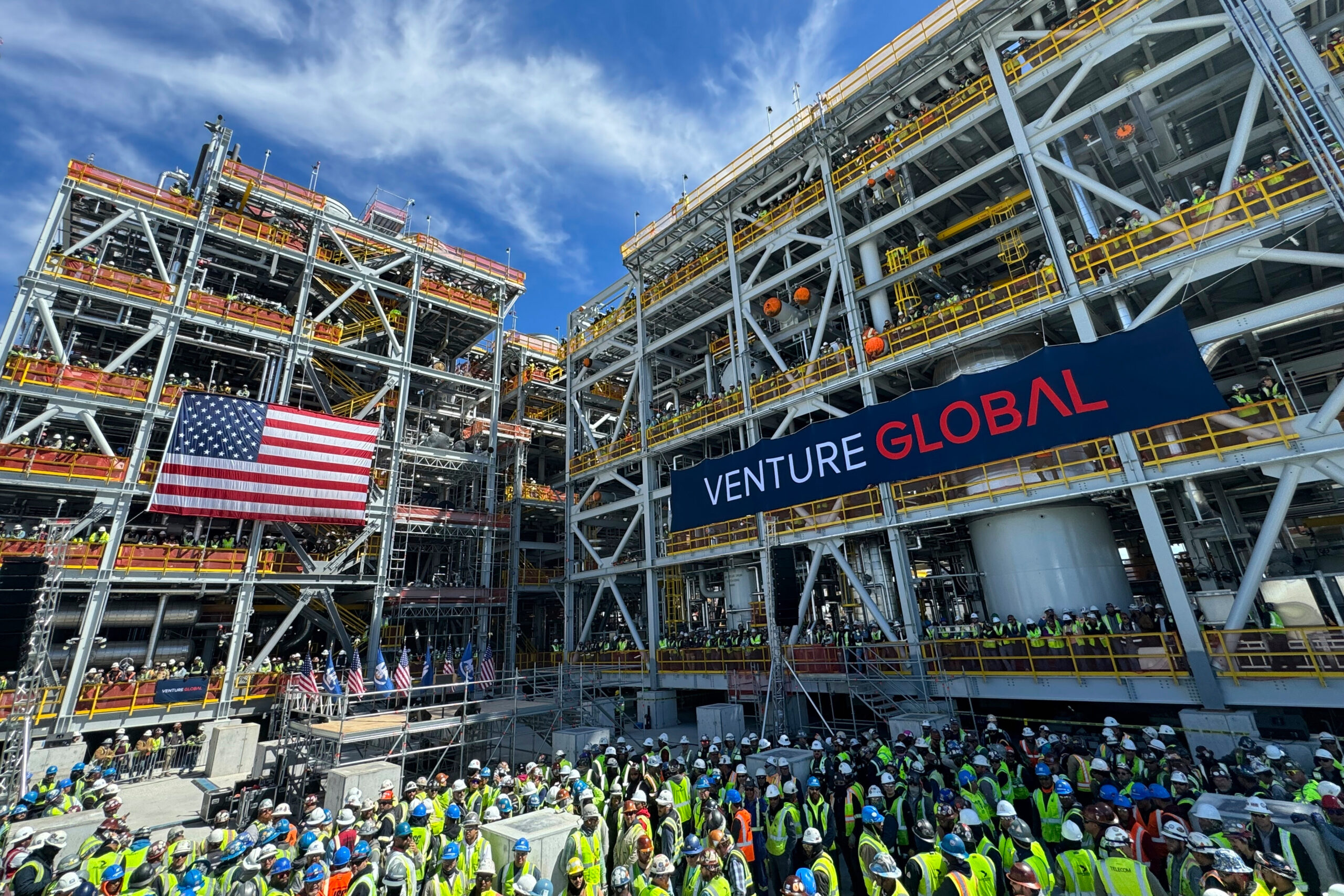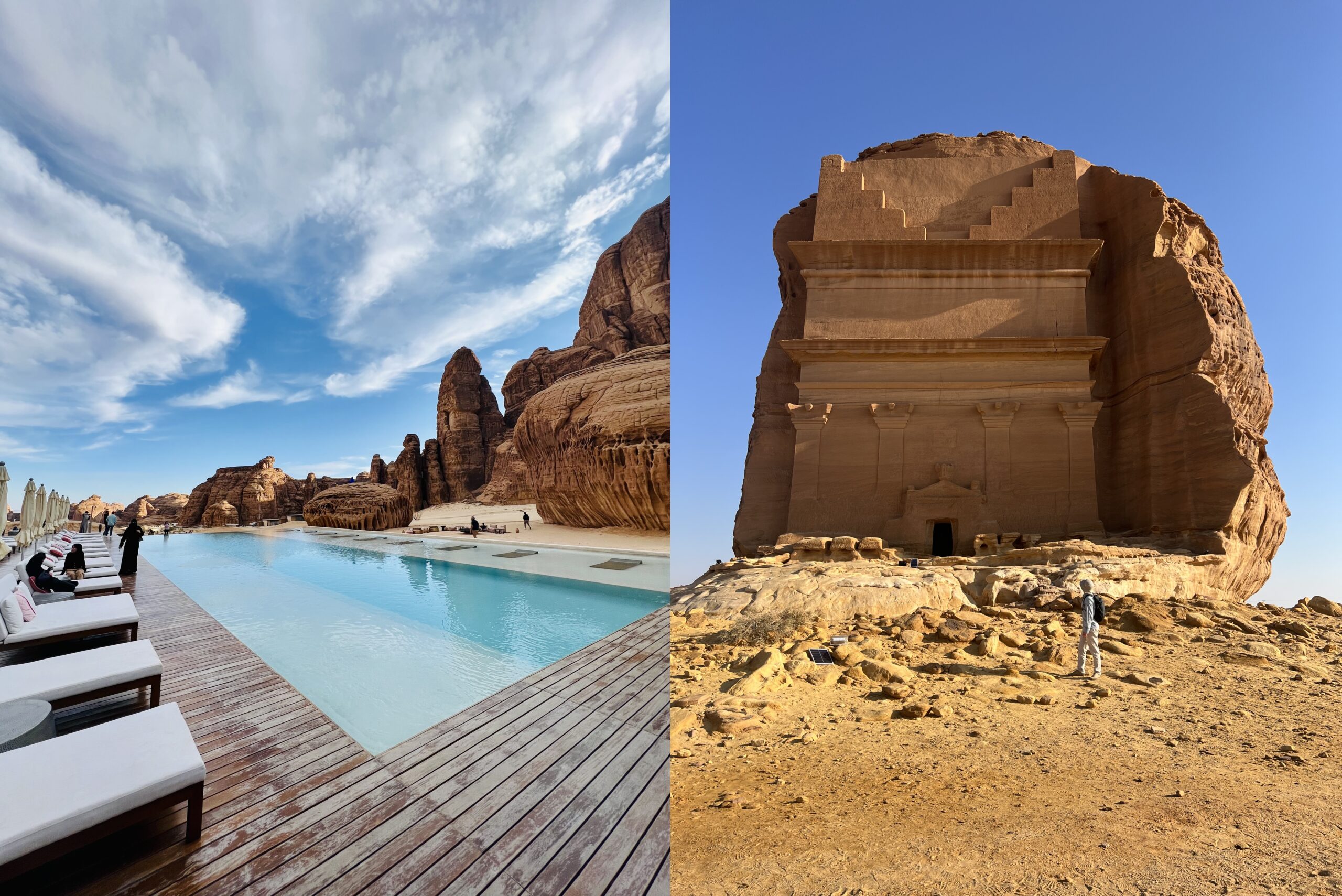Saudi Arabia Ramps Up Renewables
Saudi Arabia is rapidly scaling up renewables as it works to reduce domestic carbon dioxide emissions, free up more oil, power new industries, and secure a role in the global energy transition.
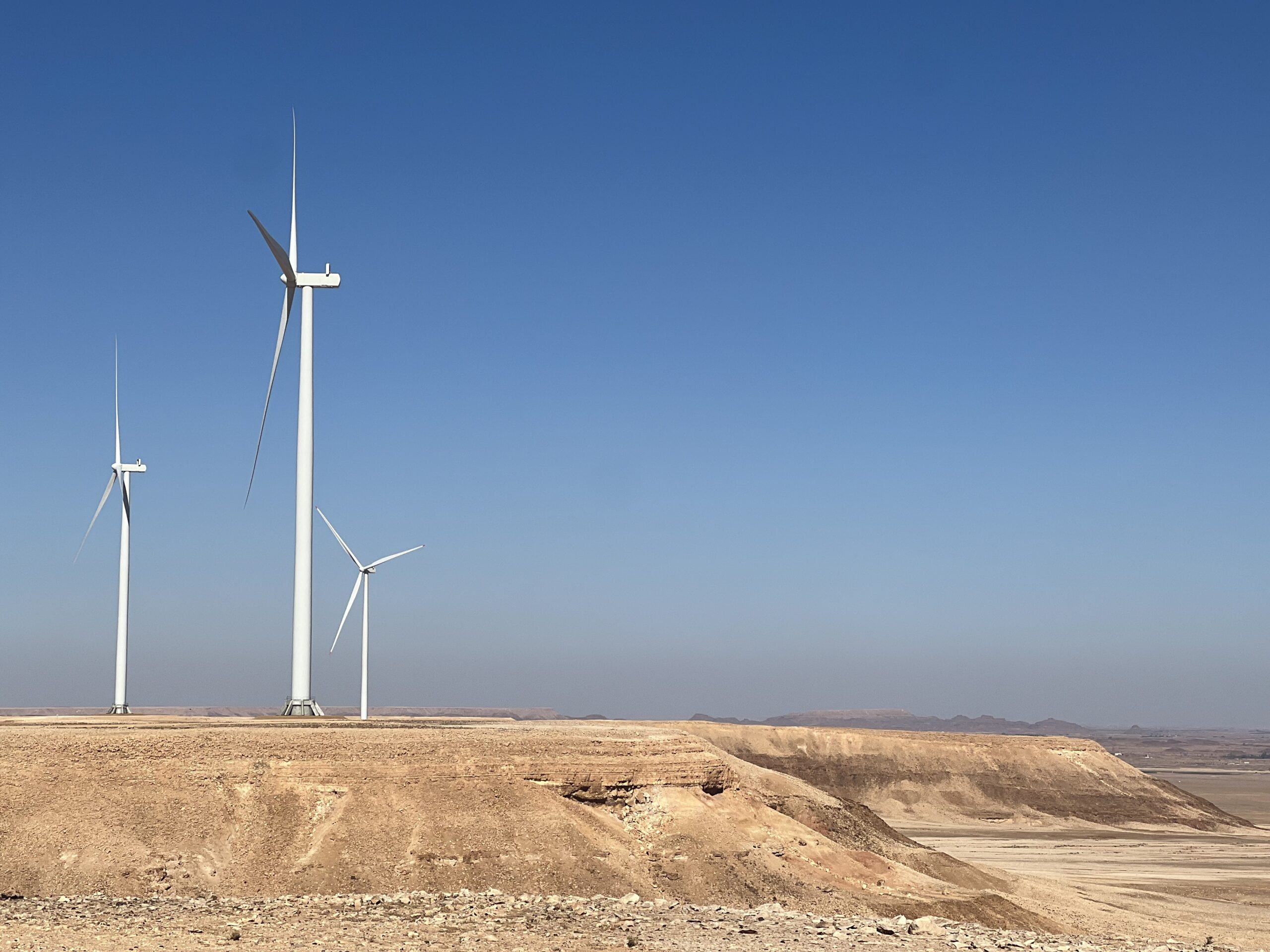
Until 2020, Saudi Arabia had no large-scale renewable power plants. Yet in just a few years, it has installed a series of solar and wind projects and committed to an even larger pipeline of planned developments. As of August, Saudi Arabia had at least 58.6 gigawatts of solar and wind projects either operational, under development, or officially tendered (including both grid-connected and off-grid installations). This places it among the most ambitious renewable energy rollouts in the Middle East, with a project pipeline that far exceeds those of regional peers, such as the United Arab Emirates, Oman, Egypt, and Morocco.
Saudi Arabia’s landmark projects under development include the world’s largest green hydrogen plant at Neom, one of the world’s largest battery energy storage projects, and several of the world’s largest solar power plants. This transformation marks a major shift in Saudi Arabia’s energy strategy, and it is positioning the country as a fast-emerging regional and global player in renewable energy.
The kingdom’s target is for renewables to supply 50% of its electricity by 2030, with the remainder from natural gas. This is ambitious given that renewables accounted for just 2% of Saudi Arabia’s electricity generation in 2024. To meet this target, the kingdom announced in June 2024 that it would begin tendering 20 GW of new renewable energy projects annually. These tenders invite companies to compete for contracts to build and operate plants. The aim is to reach between 100 GW and 130 GW of installed capacity by 2030, depending on future electricity demand.
Why Renewables?
Achieving this goal is not just about diversifying the energy mix; it reflects broader economic, environmental, and geopolitical ambitions. Renewables serve multiple strategic purposes under the country’s Vision 2030 national transformation strategy.
- Achieving Climate Goals: Saudi Arabia aims to reach net-zero greenhouse gas emissions by 2060. Switching from fossil fuel-based electricity to renewables will be essential for achieving this. Scaling up renewables also helps strengthen Saudi Arabia’s international climate credibility and positions it as an active participant in the global energy transition. In 2021, the kingdom launched the Saudi Green Initiative, with Crown Prince Mohammed bin Salman pledging to “lead the coming green era.” Alongside reducing emissions, the initiative’s targets include protecting 30% of Saudi land and ocean by 2030 and planting 10 billion trees over the coming decades.
- Freeing Up Oil for Higher-Value Uses: Saudi Arabia is the fourth-largest oil consumer globally. In 2024 it used around one‑third of its own oil production domestically – approximately 3.5 million barrels per day out of 11 million produced. This carries a high economic cost, as every barrel burned domestically is a barrel that can’t be sold at full export value.
Three intersecting initiatives aim to redirect more oil to higher-value uses, such as petrochemical production or exports. The Ministry of Energy’s Optimum Energy Mix Program seeks to phase out oil-fueled power generation by 2030, replacing it with renewables and natural gas. The Liquid Fuel Displacement Program seeks to phase out over 1 mb/d of oil currently used in power generation, industry, and agriculture. Saudi Aramco, meanwhile, plans to significantly increase the amount of crude oil it converts into petrochemicals, aiming to convert up to 4 mb/d by 2030. At the same time, the minister of energy, Prince Abdulaziz bin Salman, has made clear the kingdom does not intend to reduce production. He stated in 2024: “We will monetize every molecule of energy this land has, period.”
Scaling up renewables while maintaining oil production raises important climate questions. Continued long-term oil production poses a clear climate risk and could inhibit global efforts to transition away from fossil fuels. Yet a pathway may exist for at least some level of continued Saudi production that is compatible with global climate targets. One reason for this is that converting oil into petrochemicals rather than combusting it as fuel can result in lower emissions. Another is that some level of oil demand will remain, even under aggressive global decarbonization scenarios. Under a 1.5 degree Celsius warming scenario, global oil demand is projected to fall to around 25 mb/d by 2050 and to around 50 mb/d under a 2 degree C scenario – down from current levels of about 100 mb/d. Saudi Arabia is well positioned to meet some of that residual demand due to its low-cost and lower-carbon intensity oil production, which makes it likely to remain one of the last major producers in the oil market.
Overall, Saudi Arabia is hedging its bets. It is not moving away from oil but preparing for a future in which oil may play a smaller role in the global economy. To do so, Saudi Arabia is pursuing a dual strategy: Diversifying and decarbonizing its domestic economy while continuing to export oil for as long as international demand persists.
- Powering New Industries: Renewables will help meet rising electricity demand from new industries central to Saudi Arabia’s economic diversification, including advanced manufacturing, electric vehicles, and artificial intelligence. Vision 2030 aims to quadruple the gross domestic product contribution of the non-oil industrial sector and increase non-oil industrial exports fivefold by 2035. Targets include manufacturing 500,000 electric vehicles annually and making 30% of Riyadh’s vehicles electric by 2030.
In 2024, Saudi Arabia launched Alat, a company focused on turning the kingdom into a clean energy-powered manufacturing hub for electronics and advanced industries. In May, it launched Humain, a company aimed at making Saudi Arabia a global AI hub. To enable this, the kingdom has recently signed a series of deals to rapidly expand electricity-intensive data centers. This includes a $5 billion agreement between Neom and DataVolt to develop a net-zero AI data center powered by 1.5 GW of renewables.
Renewables are also driving local manufacturing and job creation. Vision 2030 aims to localize supply chains, including for solar panels, wind turbines, and battery systems. Renewable project bids now often require local sourcing and technology transfer to help build the domestic industry.
- Producing Green Hydrogen: Saudi Arabia plans to use renewable electricity to produce green hydrogen, which is expected to play a significant role in decarbonizing heavy industry and long-distance transportation globally. Hydrogen can be used in the production of steel and chemicals and as a fuel for ships, planes, buses, and heavy trucks.
The kingdom aims to become a major global producer and exporter of clean hydrogen, creating a new revenue stream alongside oil and strengthening its position in the global energy transition. As a first mover, it could also help set benchmarks and shape global standards in this emerging industry. Domestically, hydrogen could support ambitions to turn the kingdom into a hub for green industrial production, for example, by replacing fossil fuels in steelmaking.
Milestones in the Transformation
Before 2020, there were only pilot renewables projects and rooftop solar systems put in place by entities such as the King Abdulaziz City for Science and Technology, the King Abdullah Petroleum Studies and Research Center, and Aramco. In 2020, Saudi Arabia completed the 300 megawatt Sakaka plant, the country’s first commercial-scale solar power plant and the first project delivered under the National Renewable Energy Program. This was followed by the kingdom’s first wind farm, the 400 MW Dumat Al Jandal wind farm, in 2022. By 2023, the kingdom’s renewables capacity quadrupled, jumping from 700 MW to 2.8 GW. As of August, the kingdom had 15 grid-connected renewable energy plants, with a total capacity of 12.3 GW.
Saudi Arabia plans greater expansion over the next five years. As of August, 26.4 GW of grid-connected projects were under development, with another 13.5 GW under tender. Off-grid projects are also advancing. Red Sea Global has built a 340 MW solar plant at The Red Sea luxury resort and is developing a 250 MW plant at Amaala. Neom Green Hydrogen Company is constructing a 2.2 GW solar plant and a 1.6 GW wind farm to power its green hydrogen plant by the end of 2026. In addition, a 1.2 GW wind farm and an 800 MW solar plant are under tender at Neom. Many more projects are expected given that Neom’s energy system is designed to be 100% powered by renewables. Most of Saudi Arabia’s planned renewable capacity will be solar, with wind accounting for around 17% of projects announced so far.
In June, Neom Green Hydrogen Company said its green hydrogen plant was 80% complete, highlighting progress on its wind farm with 250 turbines, its solar farm with 5.6 million panels, a dedicated electricity transmission grid, an electrolysis package, an air separation unit, green ammonia storage, and a jetty to load green ammonia onto tanker ships for export. The $8.4 billion plant will be the world’s largest green hydrogen plant. It will also be one of the first major tangible successes of the overall Neom project.
Two new online dashboards track Saudi Arabia’s renewables projects. KAPSARC’s Saudi Arabia Renewables Tracker shows data for grid-connected solar and wind projects. Meanwhile, Renewable Vision’s Clean Energy Tracker includes grid-connected, off-grid, and other clean energy initiatives.
Battery Energy Storage
To support uninterrupted clean power, the kingdom is overseeing an ambitious rollout of battery energy storage systems. These systems store excess solar energy during the day and release it at night, helping to overcome the intermittency of renewables and enable 24/7 renewable power. As of mid-2025, Saudi Arabia had approximately 30 gigawatt hours of battery storage in the pipeline and aims to install 48 GWh of capacity by 2030.
In January, Saudi Arabia completed its first commercial-scale battery energy storage system, the 2.6 GWh Bisha project, which was the largest single-phase battery energy storage system in the world. It has also built the world’s largest off-grid battery energy storage system, Red Sea Global’s 1.2 GWh system. In February, China’s BYD Energy Storage and Saudi Electricity Company signed a deal to develop a 12.5 GWh nationwide system, becoming one of the largest battery energy storage projects globally.
Challenges
Achieving the kingdom’s goals will require a rapid and uninterrupted rollout of projects. Success will depend on an efficient tendering and contracting process, timely project execution, and the ability to integrate growing amounts of renewable energy into the national grid. This will require close coordination among government entities, upgrading the grid to manage electricity from solar and wind (which can fluctuate depending on the time of day or weather), training workers, and securing supply chains to ensure a steady flow of materials and equipment. Furthermore, while state-backed entities hold a majority stake in many projects, continuing to attract strong private sector participation will be vital.
Whether or not Saudi Arabia reaches 130 GW by 2030, its pivot to renewables is already reshaping its domestic energy landscape and diversifying its role in the global energy transition. The next five years will be critical, as it ramps up efforts to deliver on its 2030 targets.
The views represented herein are the author's or speaker's own and do not necessarily reflect the views of AGSI, its staff, or its board of directors.
